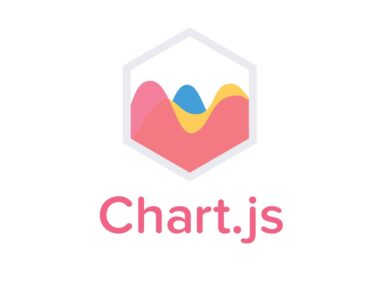Asynchronous operations are a common requirement in modern web applications, and Angular developers can leverage the power of Reactive Extensions for JavaScript (RxJS) to handle them with ease. RxJS is a powerful library that provides a set of tools to deal with event streams, such as observables, operators, and subscriptions.
Observables
Observables are the foundation of RxJS, and they represent a stream of values over time. In Angular, we use observables to handle asynchronous operations, such as HTTP requests and user interactions. Observables can emit multiple values over time, and they can be used to represent any asynchronous operation.
To create an observable, we can use the Observable constructor, which takes a function as an argument. This function defines the behavior of the observable, and it can emit values using the next method. Here’s an example:
import { Observable } from 'rxjs';
const myObservable = new Observable(observer => {
observer.next('Hello');
observer.next('World');
});
In this example, we create an observable that emits two values: ‘Hello’ and ‘World’. We can subscribe to this observable to receive these values:
myObservable.subscribe(value => console.log(value));
This will log ‘Hello’ and ‘World’ to the console.
Operators
Operators are functions that can be applied to observables to transform, filter, or combine their values. RxJS provides a wide range of operators that can be used to manipulate observables to fit our needs. Here are a few examples:
map: transforms the values emitted by an observablefilter: filters the values emitted by an observablemerge: combines multiple observables into a single oneconcat: combines multiple observables into a single one, in a specific order
Here’s an example of using the map operator to transform the values emitted by an observable:
import { Observable } from 'rxjs';
import { map } from 'rxjs/operators';
const myObservable = new Observable(observer => {
observer.next(1);
observer.next(2);
observer.next(3);
});
myObservable.pipe(
map(value => value * 2)
).subscribe(value => console.log(value));
This will log 2, 4, and 6 to the console.
Subscriptions
Subscriptions are objects that represent a connection between an observable and an observer. When we subscribe to an observable, we create a subscription that receives the values emitted by the observable. Subscriptions can be used to handle the output of an observable, or to cancel it.
Here’s an example of subscribing to an observable:
import { Observable } from 'rxjs';
const myObservable = new Observable(observer => {
observer.next('Hello');
observer.next('World');
});
const subscription = myObservable.subscribe(value => console.log(value));
This will log ‘Hello’ and ‘World’ to the console. We can unsubscribe from this observable by calling the unsubscribe method on the subscription object:
subscription.unsubscribe();
This will cancel the observable, and it will stop emitting values.
Conclusion
In conclusion, RxJS is a powerful library that can help Angular developers handle asynchronous operations with ease. Observables, operators, and subscriptions are the core concepts of RxJS, and they can be used to create complex event streams that can be scaled and maintained easily. By mastering these concepts, Angular developers can build robust and scalable applications that can handle any asynchronous operation.



